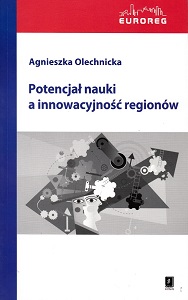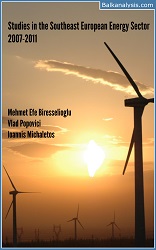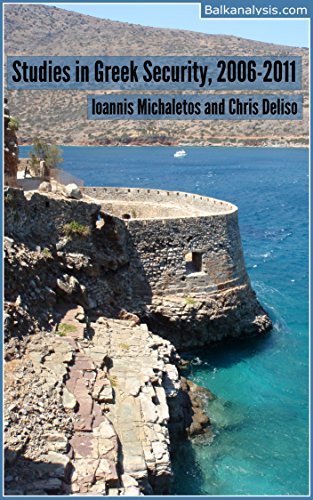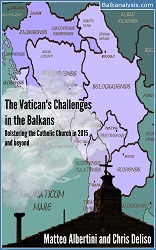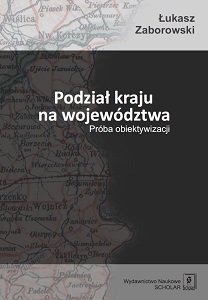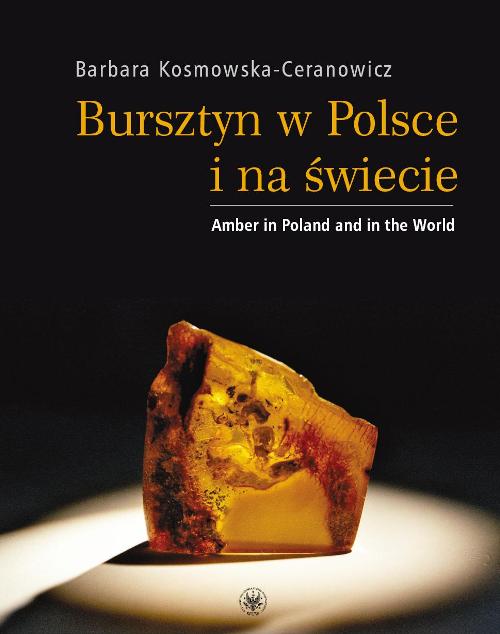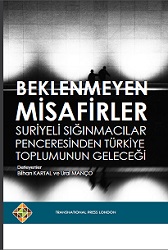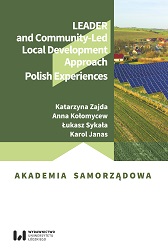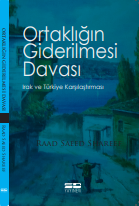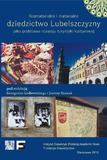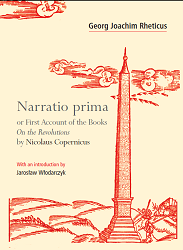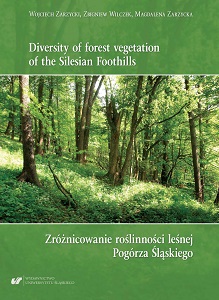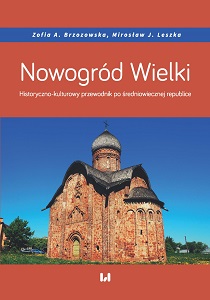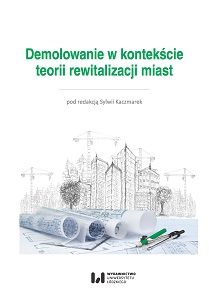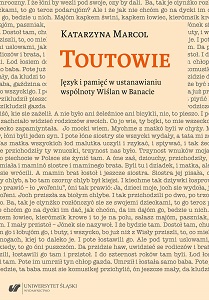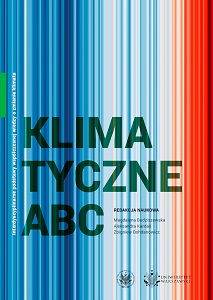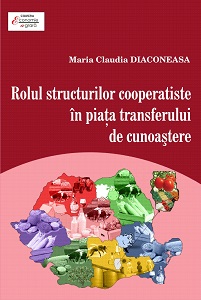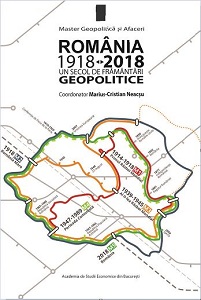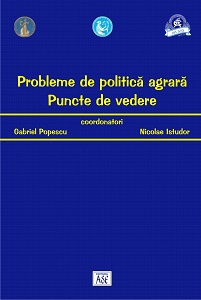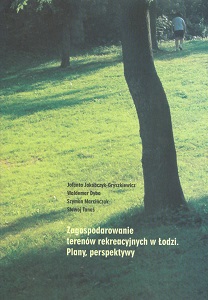
Zagospodarowanie terenów rekreacyjnych w Łodzi. Plany i perspektywy.
Wypoczynek jest niezbędny do prawidłowego funkcjonowania człowieka. Często nazywamy go rekreacją (z łaciny recreatio). Rekreacja rozumiana jest jako każda forma regeneracji sił człowieka (BACHVAROV, DZIEGIEĆ 2005), obejmuje zarówno czas spędzany biernie, jak i czynnie. W pierwszym przypadku ograniczamy się do domu i przestrzeni przydomowej, w drugim opuszczamy dom, aby korzystać z terenów rekreacyjnych. Rozwój terenów rekreacyjnych w mieście jest istotnym elementem w procesie kształtowania warunków życia jego mieszkańców. Wraz z rozwojem cywilizacyjnym społeczeństwa postępuje również jego rozwój zdrowotny, mierzony przede wszystkim jego jakością, której wyrazem jest średnia długość życia. Mieszkańcy dużych miast narażeni są na wiele negatywnych bodźców zewnętrznych, mających swe źródła w ograniczeniach infrastrukturalnych miasta. Miasto jest skupiskiem ludności, która musi dostosować się do warunków życia w jego przestrzeni. Zadaniem instytucji kształtujących przestrzeń miejską jest takie jej zorganizowanie, aby maksymalizować udogodnienia infrastrukturalne z jednej strony, a minimalizować negatywne bodźce i skutki związane z funkcjonowaniem samego miasta z drugiej. Miasto pełni wiele funkcji, od funkcji mieszkaniowych przez usługowe, produkcyjne, handlowe, kulturalne, rozrywkowe, turystyczne i inne. Pełni również funkcje rekreacyjne. Jest przecież dla własnych mieszkańców miejscem spędzania czasu wolnego. W związku z tym infrastruktura miasta i jego rozplanowanie powinno być tak zorganizowane, aby jego mieszkańcy mieli możliwość spędzania czasu wolnego nie tylko w domowej i przydomowej przestrzeni prywatnej, ale przede wszystkim w przestrzeni publicznej przygotowanej dla masowego odbiorcy. Przemiany polityczne i gospodarcze zapoczątkowane w Polsce w roku 1989 w znaczny sposób wpłynęły na zarządzanie terenami w miastach. Zmiany te wpłynęły również na system terenów rekreacyjnych, który często składa się z terenów otwartych, spontanicznie wykorzystywanych w celach rekreacyjno-wypoczynkowych. W dużych miastach, również w Łodzi, obserwować można zabudowywanie tych terenów, szczególnie jeśli są zlokalizowane w centrum miasta lub w atrakcyjnych dzielnicach, co wpływa na zmniejszanie przestrzeni rekreacyjno-wypoczynkowej mieszkańców. Komercyjne zagospodarowywanie przestrzeni publicznej, w tym terenów zielonych, w istotny sposób ogranicza jego dostępność oraz obniża wartość przyrodniczą ze względu na lokalizację zabudowy. Zgodnie z ewidencją gruntów i budynków, na tereny rekreacyjne składają się: – tereny ośrodków wypoczynkowo-rekreacyjnych, – tereny zabaw dziecięcych, – plaże, – urządzone parki, – skwery i zieleńce, – tereny o charakterze zabytkowym, – tereny sportowe, – tereny spełniające funkcje rozrywkowe, – ogrody zoologiczne i botaniczne, – tereny zieleni nieurządzonej (Dz.U., nr 38, poz. 454, 2001; Rozporządzenie Ministra Rozwoju Regionalnego i Budownictwa z 29.03.2001 r. w sprawie ewidencji gruntów i budynków). Autorzy opracowania nie badali szczegółowo skwerów i zieleńców, natomiast do terenów rekreacyjnych zaliczyli również cmentarze, stanowiące istotny odsetek terenów zielonych w mieście i będących publiczną przestrzenią spędzania czasu wolnego, oraz lasy, w tym las miejski w Łagiewnikach, będący największym „obszarem zielonym” w przestrzeni miejskiej Łodzi. Jednym z najistotniejszych elementów budujących układ przestrzeni publicznej miasta jest zieleń miejska, pełniąca m.in. funkcje techniczne, biologiczne, klimatyczne i rekreacyjne. Jest ona użytkowana w różnych formach, a tworząc przestrzeń społeczną winna zaspokajać potrzeby swoich użytkowników. Autorzy zwracają szczególną uwagę na rolę zieleni miejskiej jako przestrzeni mającej, przynajmniej w części, przygotowaną infrastrukturę, wypełniającą potrzeby rekreacyjno-wypoczynkowe jej użytkowników. Przez długie wieki miasta pozbawione były zieleni ze względu na niewielką powierzchnię, jaką zajmowały. Tak było w czasach starożytnych oraz w wiekach średnich. Dotyczyło to zieleni publicznej, gdyż zarówno przy siedzibach władców, jak i później przy klasztorach występowały ogrody. Większe obszary zieleni (w tym publicznej) na dużą skalę pojawiły się dopiero w XVII w. wraz z barokowymi założeniami parkowo-pałacowymi oraz parkami udostępnianymi mieszkańcom miast. Zieleń miejska zakładana była w miastach w celu rozgęszczenia zabudowy i rozgraniczenia jego jednostek strukturalnych. Ma ona szczególne znaczenie sanitarno-higieniczne, klimatyczne, akustyczne i ekologiczne. Rolę społeczną terenów zielonych określa się jako zadania wypoczynkowe (rekreacyjne) oraz dydaktyczno-wychowawcze. Zieleń pełni jednak również funkcje kulturowe i architektoniczne, chociażby stosowana jako tło dla obiektów lub maskująca elementy nieestetyczne (NIEMIRSKI 1972). Miejskie tereny zieleni klasyfikowane są jako istotny element systemu przestrzeni publicznej miasta. Parki i skwery wymieniane są na równi z placami i ulicami jako strategiczny czynnik wyposażenia miasta w ogólnodostępne obszary dla zebrań i szeroko pojmowanej rekreacji oraz innych przejawów aktywności mieszkańców miasta (SUTKOWSKA 2006). Jednym z najlepszych polskich przykładów rekreacyjnego wykorzystania terenów zielonych są Błonia w Krakowie, Malta w Poznaniu czy Bielany w Warszawie. Przestrzeń publiczna definiowana jest jako „obszar o szczególnym znaczeniu dla zaspokojenia potrzeb mieszkańców, poprawy jakości ich życia i sprzyjających nawiązywaniu kontaktów społecznych ze względu na jego położenie oraz cechy funkcjonalno-przestrzenne” (Ustawa o planowaniu i zagospodarowaniu przestrzennym z 27.03.2003 r. – Dz.U., nr 80, poz. 717, 2003 r.). Niestety Łódź posiada stosunkowo ograniczoną przestrzeń publiczną w rozumieniu ustawy. Specyfika zabudowy miasta i jego rozplanowanie nie sprzyja organizowaniu przestrzeni publicznych. Miasto cierpi na brak dużych powierzchni wolnych od zabudowy, nadających się do organizowania życia kulturalnego mieszkańców. Powstały w ostatnim czasie rynek na terenie „Manufaktury” – zrewitalizowanej fabryki I. Poznańskiego, choć stanowi przestrzeń spotkań i życia kulturalnego, jednak pozostając w zarządzaniu przez jednostkę prywatną, nie do końca odgrywa rolę miejskiej przestrzeni publicznej. Również wąska ulica Piotrkowska nie spełnia wymogów organizowania imprez plenerowych, mimo usilnego wykorzystywania jej jako przestrzeni koncertowej. Miejska przestrzeń publiczna i tereny zieleni winny być zagospodarowywane jako przestrzeń kulturowa, a na obszarze centrum miasta stanowić istotny element kształtowania fizjonomii miasta, podlegający wspólnym zasadom budowania kompozycji przestrzennej. Otwarte tereny publiczne wnoszą dodatkowy walor, tak zwanych głębszych widoków, i stwarzają możliwość „dalekiego patrzenia”, co w przypadku Łodzi jest utrudnione. Szczególnie interesujące z punktu widzenia kształtowania rekreacyjnej przestrzeni publicznej są założenia zieleni miejskiej, powstające na styku różnych struktur urbanistycznych, odmiennych zarówno pod względem sposobu użytkowania, jak i ich fizjonomii. Zespoły zieleni wyznaczają etapy rozwoju przestrzennego miasta. Zieleń może zarówno wytwarzać granice, wydzielać przestrzenne jednostki miasta, jak i je scalać. Rola tych przestrzeni zależy od treści i formy. Otwarte przestrzenie publiczne oparte na zieleni miejskiej, zlokalizowane w centrum miasta, mogą stać się przestrzenią integrującą strukturę miasta, będąc miejscem i płaszczyzną kontaktów społecznych (SUTKOWSKA 2006). W system zieleni miejskiej Łodzi wpisują się obszary leśne wraz z lasem łagiewnickim, zlokalizowanym w północnej części miasta, stanowiącym największy teren zielony Łodzi i pełniący jednocześnie znaczącą funkcję rekreacyjno-wypoczynkową. Autorzy opisują zagospodarowanie rekreacyjne tego kompleksu leśnego. Obok lasu łagiewnickiego tradycyjnym miejscem wypoczynku mieszkańców Łodzi jest park im. J. Piłsudskiego obejmujący również Ogród Zoologiczny i Ogród Botaniczny. Autorzy zwracają uwagę na konieczność doinwestowania tego terenu rekreacyjnego oraz połączenia go z pozostałymi terenami rekreacyjnymi miasta w taki sposób, aby nie stanowił jedynie obszaru wypoczynku dla mieszkańców zachodniej części Łodzi. Łódź ma także znaczną powierzchnię ogródków działkowych, pełniących istotną funkcję rekreacyjno-wypoczynkową w przestrzeni centralnej miasta, niestety dostępną tylko dla użytkowników i ich rodzin. W opracowaniu znalazła się również ocena cmentarzy jako alternatywy dla pozostałych terenów zieleni zorganizowanej, będących miejscem spędzania czasu wolnego mieszkańców, w szczególności cmentarzy z wykształconą zielenią wysoką. Cmentarz pełniący funkcje grzebalne pełni również funkcje terapeutyczne, nawiązując do koncepcji XIX-wiecznych „cmentarzy parków” stanowiących planowy element zieleni miejskiej. Łódź jest przykładem miasta posiadającego jedną z najsłabiej rozwiniętych w Polsce sieci ścieżek rowerowych oraz ścieżek spacerowych, czemu poświęcony jest jeden z podrozdziałów opracowania. Miasto pozbawione jest naturalnych zbiorników i znaczących cieków. W związku z tym autorzy zwracają uwagę w opracowaniu również na problem uprawiania rekreacji wodnej, jej jakości i możliwości rozbudowy. Odrębną kategorią terenów rekreacyjnych są obiekty sportowo-rekreacyjne, w tym boiska szkolne, które powinny spełniać określone funkcje i być szeroko udostępniane w ramach przestrzeni publicznej. Autorzy przedstawiają w pracy stan ich zagospodarowania oraz perspektywy rozwoju. Szczególnie zwracają uwagę na niedostateczne wykorzystanie tych obiektów przez młodzież w ramach czasu wolnego. Zieleń miejska stanowi podmiot zainteresowań różnych dyscyplin naukowych – przede wszystkim biologii, geografii, urbanistyki i architektury. Tereny zieleni w Łodzi doczekały się wielu różnych publikacji. Klasykiem jest książka pod red. A. MOWSZOWICZA (1962) zatytułowana Parki Łodzi. Najobszerniejszą i najnowszą pozycją o łódzkich parkach jest praca magisterska M. PABICH (2004) pt. Parki miejskie jako element zagospodarowania przestrzeni Łodzi. Kilku publikacji doczekał się także Park Krajobrazowy Wzniesień Łódzkich (1998), którego fragment leży w granicach Łodzi, oraz las łagiewnicki. Wymienić tu należy takie publikacje, jak Szata roślinna lasu łagiewnickiego pod red. J. KUROWSKIEGO (2001), Las łagiewnicki i okoliczne wsie A. GRAMSZA (2002). O wykorzystaniu wypoczynkowym terenów zielonych Łodzi pisał A. MATCZAK (1995), a szczegółowo o rekreacji na łódzkich cmentarzach S. TANAŚ (2008). Pozycją, która omawia większość terenów zielonych w mieście (parki, cmentarze, ogródki działkowe) jest praca Łódź. Wybrane zagadnienia zagospodarowania przestrzennego pod red. T. MARSZAŁA (2006). Problematyka zieleni miejskiej jest również szeroko omówiona w Atlasie miasta Łodzi pod red. S. LISZEWSKIEGO (2002). Temu zagadnieniu poświęconych jest w atlasie kilka plansz: XI – „Dziedzictwo przyrodnicze. Szata roślinna”, XIII – „Sozologia wybrane zagadnienia ochrony przyrody i degradacji środowiska” oraz XXXIX – „Przestrzeń turystyczno-wypoczynkowa Łodzi”. Łódź doczekała się także publikacji na temat strategii rozwoju turystyki (KACZMAREK, LISZEWSKI, WŁODARCZYK 2006), w której autorzy wspominają o terenach zielonych w kontekście Zielonego Kręgu Tradycji i Kultury. W charakterystyce przyrodniczej terenów zieleni cenne są materiały pokonferencyjne zebrane w tomie Ekologiczny system miejskich terenów zieleni i krajobrazu pod red. R. OLACZKA (1995) czy Inwentaryzacja przyrodnicza i ekologia krajobrazu pod red. S. KRYSIAKA (1999).
More...
